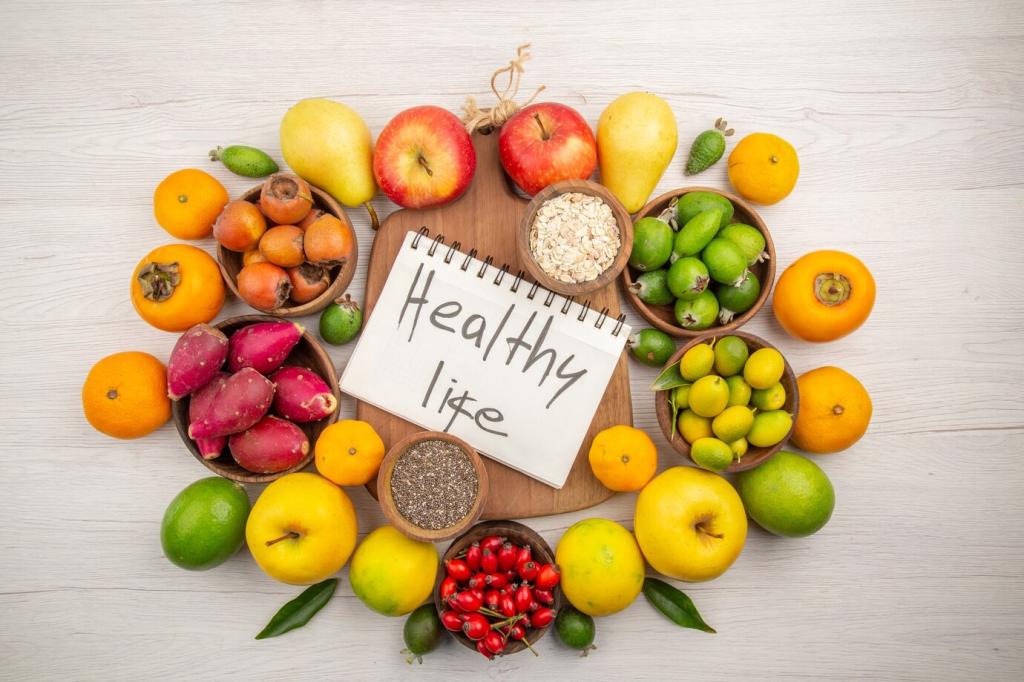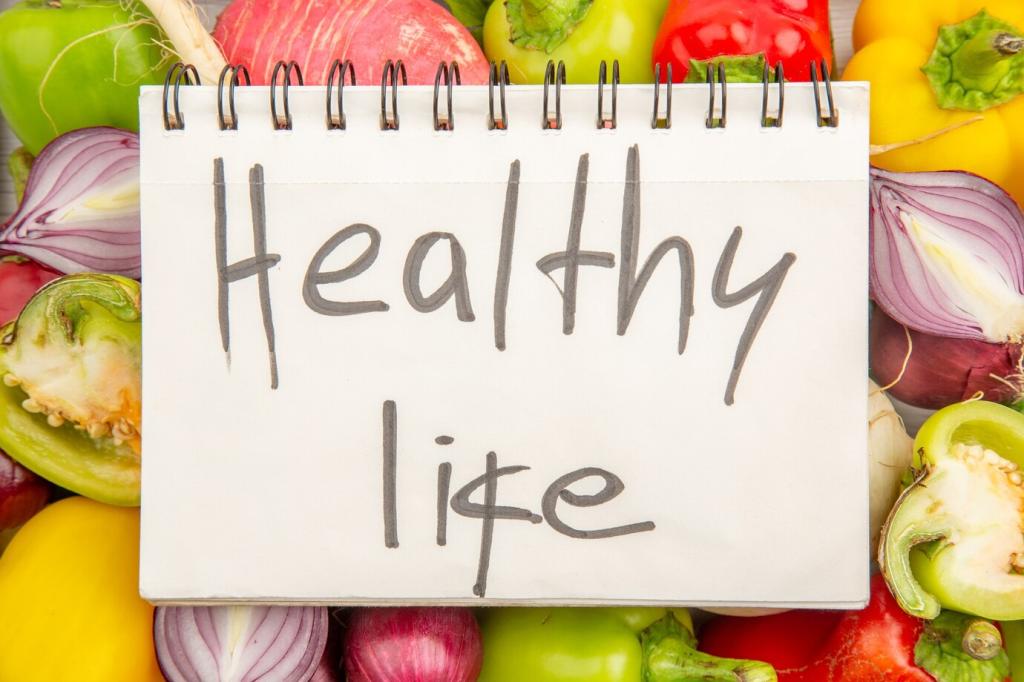
Smart Grocery Shopping for Nutritious Meals
Smart grocery shopping is the foundation for preparing nutritious meals that support your health and wellbeing. With a thoughtful approach, you can fill your kitchen with wholesome ingredients, reduce food waste, and make meal prep more enjoyable—and affordable. This guide explores strategies to make your grocery trips smarter and your meal planning healthier, focusing on what to buy, how to shop, and practical ways to maximize nutrition every day.
Previous
Next
Smart Shopping Strategies

Planning Meals in Advance
A well-crafted meal plan is invaluable for maintaining nutritious eating habits and avoiding impulse purchases. By setting aside time each week to outline breakfasts, lunches, dinners, and snacks, you can create a targeted shopping list that reduces waste and helps manage your diet. Consider alternating recipes that utilize similar ingredients to streamline your budget while maintaining variety. Planning ahead ensures you’re less likely to rely on takeout or convenience foods, and more likely to enjoy balanced, home-cooked meals that nourish your body and mind.

Navigating the Store Efficiently
Supermarkets are strategically organized, often placing less-healthy choices at eye level or near checkouts. With a focused route and a detailed grocery list, you can minimize temptations and stick to your nutrition strategy. Start with the perimeter of the store—where fresh produce, dairy, meat, and whole grains are usually found—before venturing into the center aisles for pantry staples. Shopping during off-peak hours can also make the process quicker and less stressful, allowing you to evaluate your choices more carefully. Efficiency in the store not only saves time but also helps protect your healthy intentions.

Shopping on a Budget Without Sacrificing Nutrition
Eating well doesn’t have to break the bank. Seasonal produce, generic brands, and bulk purchases of whole grains and beans often cost less than their packaged counterparts and are just as healthy, if not more so. Meal prepping and freezing portions also reduce waste and unnecessary spending. By knowing where to splurge—such as on high-quality proteins—and where to save—such as on pantry basics or frozen vegetables—you can stretch your food dollars further. Smart budgeting pairs perfectly with nutritious eating, proving that healthy choices are accessible at any price point.

Choosing Fresh and Seasonal Produce
Fresh fruits and vegetables offer the best flavor and highest nutrient content, especially when they’re in season. Shopping with the seasons ensures you’re getting produce at its peak, both in taste and nutrition, and often at a better price. Farmers’ markets and local co-ops can be excellent sources for seasonal produce, making it easier to discover new favorites and support local agriculture. Learning how to inspect fruits and vegetables for ripeness and quality increases your confidence and satisfaction, ensuring the ingredients you take home will shine in your meals.

Evaluating Proteins for Health and Sustainability
The foundation of many nutritious meals is a quality protein source, whether animal-based or plant-based. When shopping, consider lean meats, poultry, fish, legumes, tofu, and eggs, balancing your choices with sustainability in mind. Look for labels that indicate responsible practices, such as wild-caught, pasture-raised, or organic. If you’re opting for plant proteins, seek out minimally processed products with recognizable ingredients. By making informed protein choices, you support both your health and the health of the planet, creating meals that you can feel good about on multiple levels.

Picking Whole Grains Over Refined Alternatives
Whole grains are a powerhouse of nutrition, delivering fiber, B vitamins, antioxidants, and minerals. Unlike refined grains, they retain all parts of the kernel, making them more satisfying and beneficial for digestive health. When shopping, examine labels for words like “100% whole grain” or “whole wheat” as the first ingredient, and steer clear of items with added sugars or unnecessary fillers. Incorporating a variety of whole grains—such as quinoa, brown rice, farro, and oats—adds interest and nourishment to your meal plan, supporting long-term wellness and energy.
